Saludos, estimados amigos. Hoy nuevamente presente en @mundo.autismo con un tema que nos recuerda la importancia del desarrollo del lenguaje en sus dimensiones de contenido y uso. Tengan todos y un feliz inicio de fin de semana. Descanso y prudencia.

El lenguaje es una habilidad cognitiva que con frecuencia no se le atribuye su debida importancia, no sólo cuando vamos a evaluar o a intervenir a nivel psicopedagógico competencias de lectura, escritura o matemáticas, sino también como una competencia que debe desarrollarse para comprender mejor el mundo y mejorar la calidad de vida.
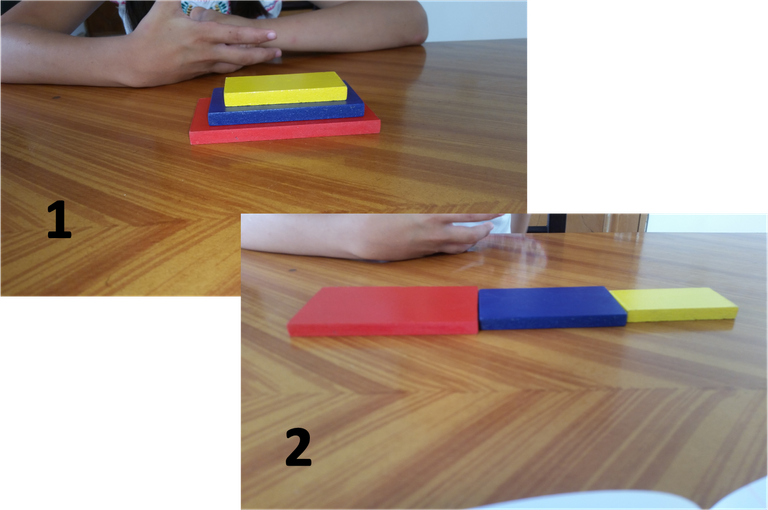
Sabemos que una de las áreas de desarrollo afectadas en los niños que están dentro del espectro autista es el lenguaje, tanto comprensivo como expresivo. Esta compleja competencia de orden cognitivo superior tiene una vinculación directa con la forma de entender los significados que permiten que nos integremos a un plano colectivo de experiencias, necesarias para vivir en sociedad.
A través del lenguaje se expresa lo que pensamos, damos sentido a las experiencias y traemos al presente significados ausentes. El lenguaje es una poderosa herramienta que potencia el desarrollo, es un eje sobre el que se sustenta, desde edades tempranas, la apropiación de los elemento culturales, que van a ayudar a construir zonas próximas de desarrollo, basadas en medios que proporcionan la comprensión del propio aprendizaje.
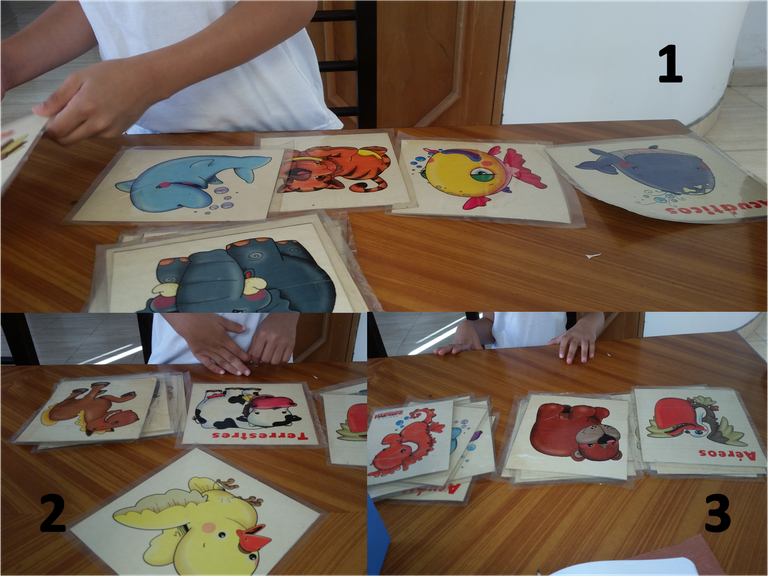
Hablemos sobre las categorías y los conceptos.
El conocimiento que el niño va construyendo sobre el mundo está relacionado íntimamente con su competencia para elaborar conceptos. Pero antes, la capacidad para establecer categorías, identificar elementos y rasgos de los elementos que representan determinada categoría , así como poder describir e identificar cuáles de sus elementos más representativos, lo que algunos autores llaman prototipos, tendrán mejores y mayores posibilidades de ser incluido, coadyuva el desarrollo del lenguaje en un plano de la comunicación y la pragmática.
Sin embargo, las definiciones y conceptos, se describen en la literatura especializada en forma muy ordenada, en un plano didáctico; por el contrario, el mundo es muy poco claro y extremadamente desordenado, sobre todo para las personas dentro del espectro autista. En este sentido, si queremos ayudarlos a organizar mejor su entorno, a dar sentido tanto a su actividad propia como al desarrollo del lenguaje y la comunicación, debemos trabajar en la construcción de categorías en forma organizada.
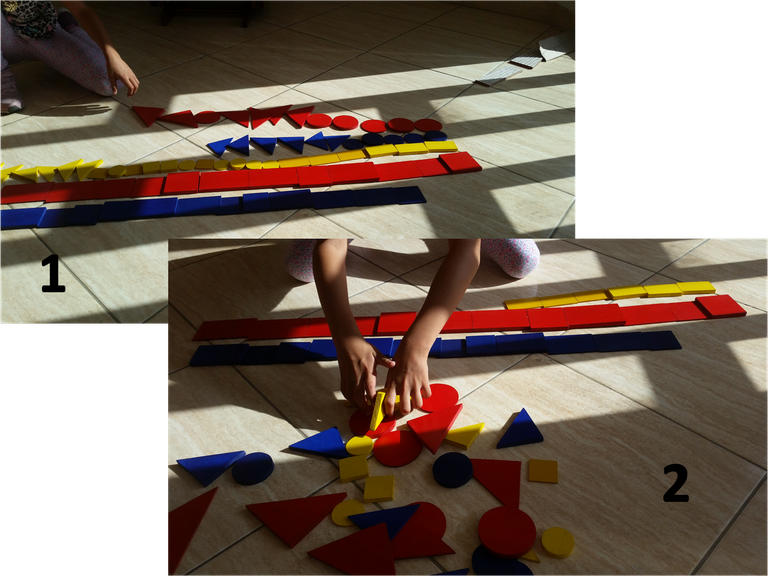
El estudio sobre las categorías es altamente complejo, incluyendo la rivalidad entre las teorías propuestas; sin embargo, sabiendo la importancia que tienen para el desarrollo de las competencias antes descritas, con lo que sabemos hasta el momento, podemos realizar actividades teniendo como guía los aspectos comunes y menos cuestionados en el camino hacia este importante aprendizaje.
Aspectos generales que debemos tener presente con respecto al aprendizaje de las categorías:
-Toda categoría se construye dentro de límites que estarían acotados en relación con el de otras categorías.
-El nivel de categorización no es independiente de quien lo realiza.
La pertenencia a una categoría no es una cuestión de todo o nada (o se tienen los rasgos definitorios o no se tienen) sino más bien una cuestión de grado según el número (variable) de rasgos característicos o de familiaridad que concurran en los ejemplares.
Rasgos probabilísticos y representaciones “prototípicas”
-El nivel básico de las categorías va a depender de diferentes principios y circunstancias.
-Cuando se han aprendido los nombres de las categorías, serán identificadas con aspectos
prominentes de la realidad que representan.
-Las categorías parten de prototipos, que es la imagen idealmente representativa.
Los niveles de categorización.

Incluso nuestros niños más pequeños son capaces de reconocer patrones y de utilizar categorías para procesar información nueva. Casi todo lo que vemos, escuchamos o tocamos contiene detalles que nuestro cerebro procesa. Sin darnos cuenta, nuestro cerebro está buscando lo que es nuevo, lo que es diferente y lo que ha cambiado. La información nueva la asociamos a una categoría que ya existe en nuestra mente.
Patrones y Categorización
Los conceptos que el niño construye a partir de las categorías se organizan en forma taxonómica, es decir, en un sistema de inclusión jerárquica. Las categorías que construyen no son totalmente independientes entre sí, por el contrario, cada una es parte de otra agrupación más general.
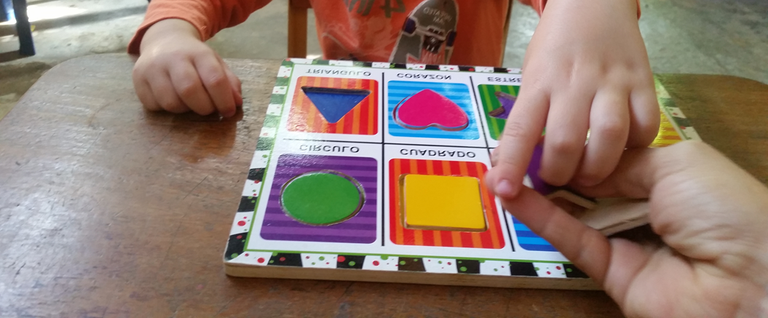
Esta configuración taxonómica, supone la existencia de 3 niveles de inclusión. A saber: Tomemos como ejemplo un carro. El nivel supraordenado es medio de transporte. El nivel básico o intermedio es carro. El nivel subordinado o particular es Chevette.
¿Cómo los niños construyen estos niveles?
Una de las teorías que goza de aceptación entre la comunidad científica, es la de Eleanor Rosch, quien asevera que el nivel básico es el primero que se adquiere, en términos de prototipo, e igualmente representa el punto de partida en la construcción de categorías consecuentemente jerárquicas. Son los primeros nombres que aprenden los niños: taza, gato, zapatos, manzana, entre otros.
Por otra parte, es importante saber que los niños demuestran más habilidad para clasificar en forma correcta elementos que son típicos de la categoría; versus elementos atípicos.
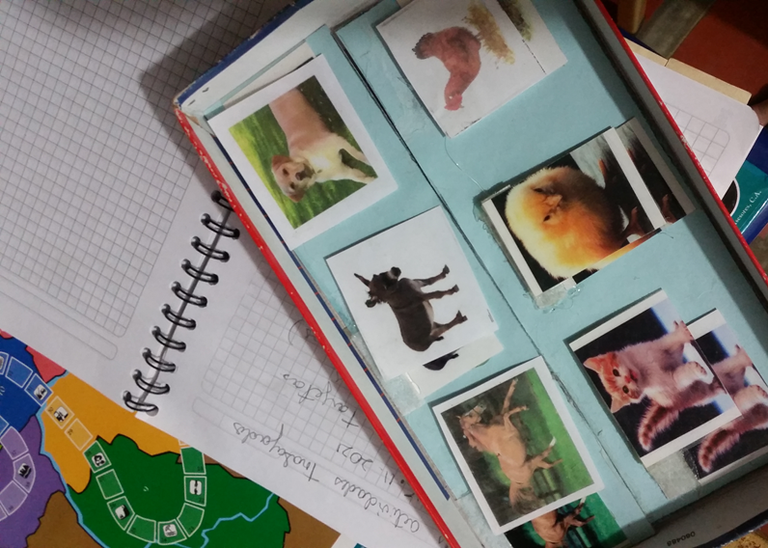
¿A dónde quiero llegar?
Muy probablemente las dificultades que observamos al tratar de mediar en los niños las actividades iniciales de clasificación tradicional, pueden deberse a que utilizamos elemento que difícilmente pueden ser agrupados en forma taxonómica en el nivel básico, porque pertenecen al nivel supraordenado, más general. Por el contrario, habría un mayor nivel de asertividad cuando se proporciona una base perceptiva clara, discernible, para una clasificación propia del nivel básico.
La importancia de la mediación pedagógica en nivel básico de categorización, está en que los elementos poseen los atributos más inclusivos que mayor información correlacional proporcionan. Es un nivel donde se recogen a nivel perceptivo las semejanzas y variaciones o diferencias apreciables, en el sentido de la mayor condensación de rasgos de esos elementos para llevar al concepto: los elementos conforman agrupaciones naturales.
Según esta propuesta de Rosch, el nivel básico de categorización es el de mayor interés desde el punto de vista funcional y adaptativo. Es aquel en el que el individuo obtiene el máximo de información sobre la categoría con el mínimo de esfuerzo cognitivo (economía cognitiva). Es también el de mayor valor inferencial o predictivo y aquel en que se abstraen o seleccionan los prototipos.
Los prototipos se entienden como la forma más eficiente de almacenar la información conceptual propia del nivel básico de categorización.
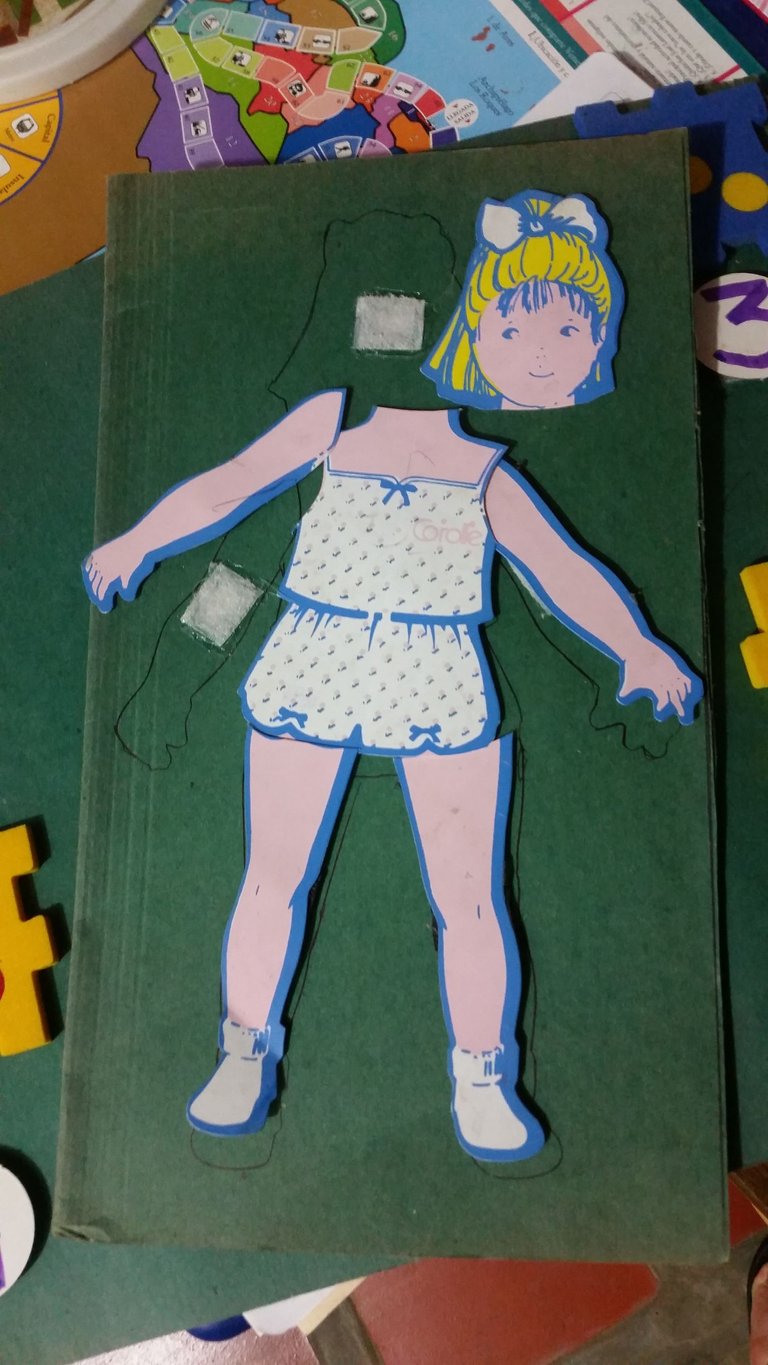
Con base en todo lo dicho, ya tienes ideas más claras cómo se puede favorecer al aprendizaje de categorías en el niño: comienza a estimular el nivel básico o intermedio que ayudará enormemente al niño a jerarquizar hacia los otros niveles para aprehender conceptos que le ayuden a manejarse en forma más dinámica, inteligente y adaptativa al medio ambiente a través del dominio del lenguaje.
No quisiera abandonar el tema sin antes de pasar de manera muy general a diferenciar entre ordenar, clasificar y categorizar.
Clasificación: representa una distribución de los objetos en clases.
Categorización: además de las clases contiene relaciones entre las clases. Es decir no se define en sí mismo; sino por su relación con las demás categorías.
En el nivel básico de categorización esa clasificación inicial debe contener elementos con miras a la reagrupación.
Ordenar: es colocar elementos en acuerdo a un orden elegido.
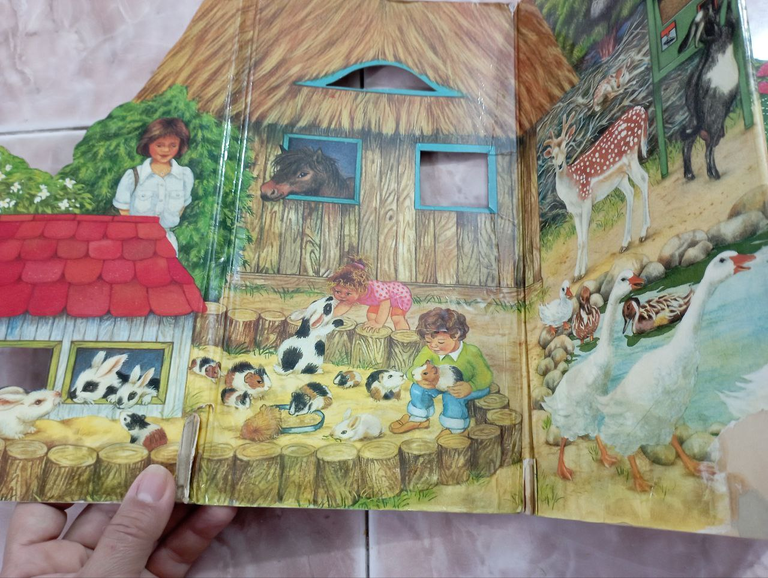
Bien mis queridos, apreciados y respetados lectores, este es un tema que me ha interesado especialmente porque a diario observo la dificultad social por las limitaciones comunicativas de los niños en general, y los niños dentro del espectro autista, en particular. Si aprendemos de estas propuestas y revisamos la literatura sobre el tema, podemos reorientar el curso de nuestra acción pedagógica y la estimulación en casa.
¡Hasta el próximo encuentro en este espacio ¨Perspectivas psicopedagógicas¨
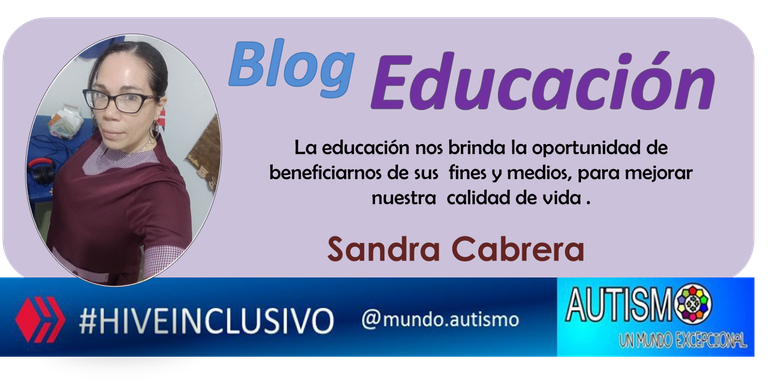
Fotos: tomadas con teléfono Redmi11.
Traducción: con Google.
Greetings, dear friends. Today again present at @mundo.autismo with a topic that reminds us of the importance of language development in its dimensions of content and use. Have a happy start to the weekend everyone. Rest and prudence.
Language is a cognitive skill that is frequently not given its due importance, not only when we are going to evaluate or intervene at a psychopedagogical level in reading, writing or mathematics skills, but also as a skill that must be developed to better understand the world and Improve Life Quality.

We know that one of the areas of development affected in children who are within the autism spectrum is language, both comprehensive and expressive. This complex competence of a higher cognitive order has a direct link with the way of understanding the meanings that allow us to integrate into a collective plane of experiences, necessary to live in society.
Through language we express what we think, we give meaning to experiences and we bring absent meanings to the present. Language is a powerful tool that enhances development, it is an axis on which, from an early age, the appropriation of cultural elements is based, which will help build nearby areas of development, based on media that provide understanding of the own learning.

Let's talk about categories and concepts.
The knowledge that the child builds about the world is closely related to her competence to develop concepts. But first, the ability to establish categories, identify elements and features of the elements that represent a certain category, as well as being able to describe and identify which of its most representative elements, what some authors call prototypes, will have better and greater possibilities of being included, It contributes to the development of language at the level of communication and pragmatics.
However, the definitions and concepts are described in specialized literature in a very orderly manner, on a didactic level; On the contrary, the world is very unclear and extremely messy, especially for people on the autism spectrum. In this sense, if we want to help them better organize their environment, to give meaning to both their own activity and the development of language and communication, we must work on the construction of categories in an organized way.

The study of categories is highly complex, including the rivalry between the proposed theories; However, knowing the importance they have for the development of the competencies described above, with what we know so far, we can carry out activities with the common and less questioned aspects as a guide on the path to this important learning.
General aspects that we must keep in mind regarding learning the categories:
-Every category is built within limits that would be limited in relation to other categories.
-The level of categorization is not independent of who performs it.
Belonging to a category is not a question of all or nothing (either you have the defining features or you don't have them) but rather a question of degree depending on the number (variable) of characteristic features or familiarity that occur in the specimens. .
Probabilistic features and “prototypical” representations
-The basic level of the categories will depend on different principles and circumstances.
-When the names of the categories have been learned, they will be identified with aspects
prominent aspects of the reality they represent.
-The categories start from prototypes, which is the ideally representative image.
Categorization levels.

Even our youngest children are able to recognize patterns and use categories to process new information. Almost everything we see, hear or touch contains details that our brain processes. Without realizing it, our brain is looking for what is new, what is different, and what has changed. We associate new information with a category that already exists in our mind.
Patterns and Categorization
The concepts that the child constructs from the categories are organized in a taxonomic manner, that is, in a system of hierarchical inclusion. The categories they construct are not totally independent of each other; on the contrary, each one is part of another more general grouping.

This taxonomic configuration assumes the existence of 3 levels of inclusion. To wit: Let's take a car as an example. The superordinate level is means of transportation. The basic or intermediate level is a car. The subordinate or particular level is Chevette.
How do children build these levels?
One of the theories that is accepted among the scientific community is that of Eleanor Rosch, who asserts that the basic level is the first one acquired, in prototype terms, and also represents the starting point in the construction of consequently hierarchical categories. They are the first names that children learn: cup, cat, shoes, apple, among others.
On the other hand, it is important to know that children demonstrate more ability to correctly classify elements that are typical of the category; versus atypical elements.

Where do I want to go?
Very likely the difficulties that we observe when trying to mediate initial traditional classification activities in children may be due to the fact that we use elements that can hardly be grouped taxonomically at the basic level, because they belong to the superordinate level, more general. On the contrary, there would be a higher level of assertiveness when a clear, discernible perceptual basis is provided for a basic level classification.
The importance of pedagogical mediation at the basic level of categorization is that the elements have the most inclusive attributes that provide the greatest correlational information. It is a level where the similarities and variations or appreciable differences are collected at a perceptual level, in the sense of the greatest condensation of features of those elements to lead to the concept: the elements make up natural groupings.
According to this proposal by Rosch, the basic level of categorization is the one of greatest interest from the functional and adaptive point of view. It is one in which the individual obtains the maximum information about the category with the minimum cognitive effort (cognitive economy). It is also the one with the greatest inferential or predictive value and the one in which the prototypes are abstracted or selected.
Prototypes are understood as the most efficient way to store the conceptual information of the basic level of categorization.

Based on everything that has been said, you now have clearer ideas about how you can promote the learning of categories in the child: begin to stimulate the basic or intermediate level that will greatly help the child to prioritize towards the other levels to grasp concepts that help you manage yourself in a more dynamic, intelligent and adaptive way to the environment through mastery of language.
I would not like to abandon the topic without first going on in a very general way to differentiate between ordering, classifying and categorizing.
Classification: represents a distribution of objects into classes.
Categorization: in addition to the classes, it contains relationships between the classes. That is, it is not defined in itself; but because of its relationship with the other categories.
At the basic level of categorization, this initial classification must contain elements with a view to regrouping.
Order: is placing elements according to a chosen order.

Well, my dear, appreciated and respected readers, this is a topic that has interested me especially because on a daily basis I observe the social difficulty due to the communicative limitations of children in general, and children within the autistic spectrum, in particular. If we learn from these proposals and review the literature on the subject, we can reorient the course of our pedagogical action and stimulation at home.
Until the next meeting in this space “Psychopedagogical Perspectives”

Photos: taken with Redmi11 phone.
Translation: with Google.
Su publicación ha sido votada por @Edu-venezuela, se trasladará a otros proyectos de curación para obtener más apoyo. ¡Continúe con el buen trabajo!
Thank you for your contribution to Autism awareness.
El #HiveBlue continúa / The #HiveBlue continues
¡Bienvenidas las Delegaciones / Welcome Delegations
Trail de Curación / Curation Trail
Muchas gracias @sandracabrera, aprecio tu profesionalismo compartido en la comunidad.
Un abrazo 💙
Gracias y mucho aprecio de vuelta, @parauri
@tipu curate 8
Upvoted 👌 (Mana: 0/69) Liquid rewards.